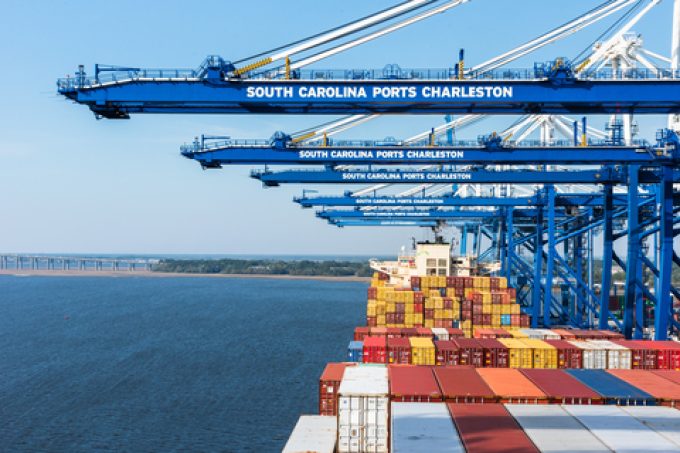Transpacific sees first major MSC blanks as rates fall and volumes falter
Following nine weeks of consecutive declines in spot freight rates on the transpacific, carriers are ...

While North American shippers and forwarders nervously await the next developments in the apparent stand-off between dockworkers and terminal operators on the US east coast, carriers’ network planners will be drawing up alternatives should a port shutdown take place.
However, a recent analysis by the eeSea liner database of how shipping services responded to the threat of a widespread rail strike in Canada provides some indication of how carriers may react to a US east coast port strike.
“While the recent rail ...
Outlook for container shipping 'more uncertain now than at the onset of Covid'
Transpac container service closures mount
Shippers warned: don't under-value US exports to avoid tariffs – 'CBP will catch you'
Cancelled voyages take the sting out of spot rate declines this week
New Houthi warning to shipping as rebel group targets specific companies
K+N CEO unveils impact of US import tariffs on China-origin goods
Blanked sailings in response to falling demand 'just a stop-gap solution'
CMA CGM to reflag box ship as the French carrier eyes growing Indian market


Comment on this article